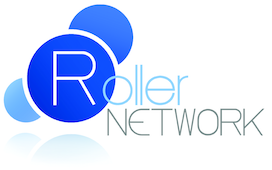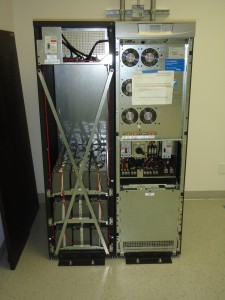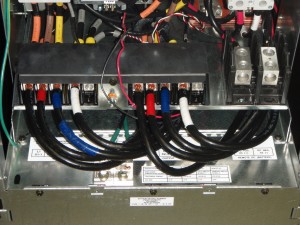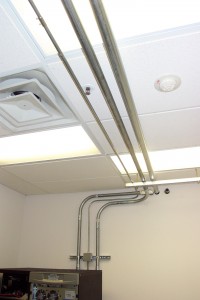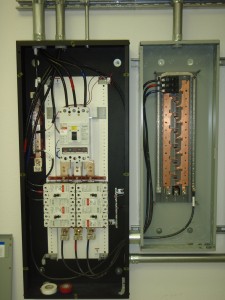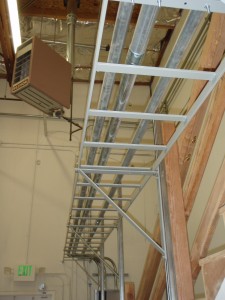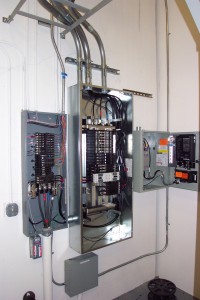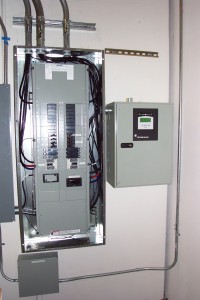To Verizon’s credit, we received a response back from Verizon that they’re going to escalate our issue to network engineering. We aren’t sure where it will go from there. In the meantime, there were several questions in the discussion that we should post as a followup.
You can’t announce less than a /32 in IPv6. It was designed to aggregate everything into /32’s.
That used to be true. ARIN (2620:0::/23), AFRINIC (2001:43F8::/29), and APNIC (2001:0DF0::/29) all allow for PI IPv6 to fill the gap that IPv6 left by excluding (sane, timely, managable) multihoming in the design of IPv6. RIPE decided to open the door to PI IPv6 at RIPE58. Multihoming was (is?) is a big point of contention in the community. The future of BGP may end up being a lookup-based system to reduce the overhead of carrying a full table.
What does IPv6 offer you? Why do you care?
Roller Network is not new to IPv6. We already offer IPv6 enabled services and have customers that use it, so yes, it’s important for us to keep the same level of service at the very least. No, it’s not a huge amount of traffic, but someday it might matter, and we want to be ahead of the game rather than be short sighted and scramble at the last minute. Adoption is also a classic “chicken and the egg” problem so we’re trying to do our part by providing IPv6 enabled services.
Verizon is well known for not providing IPv6. What happened?
This is true. However, we did fully disclose our routing intentions and service requirements in May when we started all of this, and they confirmed it with the order so we were led to believe it was not a problem. However, the lost the order somewhere between May and August and turned it up with static IPv4 only. The implementations manager that processed the original order also went missing during that time and as of September our account manager was no longer with the company. Of course we forwarded copies of everything we had and it was re-engineered to a different city that supported IPv6. During all of this was bi-weekly calls for status updates, trying to find our new account manager, etc. That brings us to now.
Why don’t you just leave Verizon?
We’ve put a lot of effort into this (it’s fiber) and we want to try to work through the myriad of bureaucracy to change things for the better as long as someone from Verizon is willing to work with us. It’s not just affecting us and our customers, but IPv6 adoption as a whole. A little publicity to an issue that has generally been kept quiet in the past might help. It could also hurt, but others have come before us quietly, so we’ll have to take a chance.
Is their router filtering IPv6?
No. They’re not carrying routes in BGP most likely because it’s not allowed in their prefix lists. This is on an OC-12 delivered as Ethernet, not a residential connection. We wouldn’t have made such a big deal over this otherwise.
Verizon is right, you’re wrong.
As mentioned before, we’re already getting the same service from other providers like Sprint. Even Hurricane Electric’s free tunnel broker supports IPv6 PI and BGP peering. We’re already visible in looking glasses worldwide. Verizon may have been right years ago prior to at least October 2006 when ARIN started issuing PI IPv6, but they’re not keeping up with where the industry is going. Again, the lack of a usable multihoming mechanism in IPv6 forced the issue.
Your WordPress got shashdotted and I couldn’t read the article!
Yeah, sorry about that. (And you actually tried to RTFA?) We weren’t expecting front page coverage. Our web server is very low traffic and mostly serves static pages. It’s a 700MHz PIII. However, it’s moving along just fine after adding the WP Super Cache plugin which provides static caching. Default wordpress really sucks performance-wise.
Now what?
We’ll keep posting updates as they happen. If you’d like to keep following our Verizon saga, have an interest in IPv6, or both, please subscribe to our RSS feed. We’ve added an IPv6 category as well. If by some miracle Verizon moves in our favor we’ll try to post a followup story to Slashdot.
